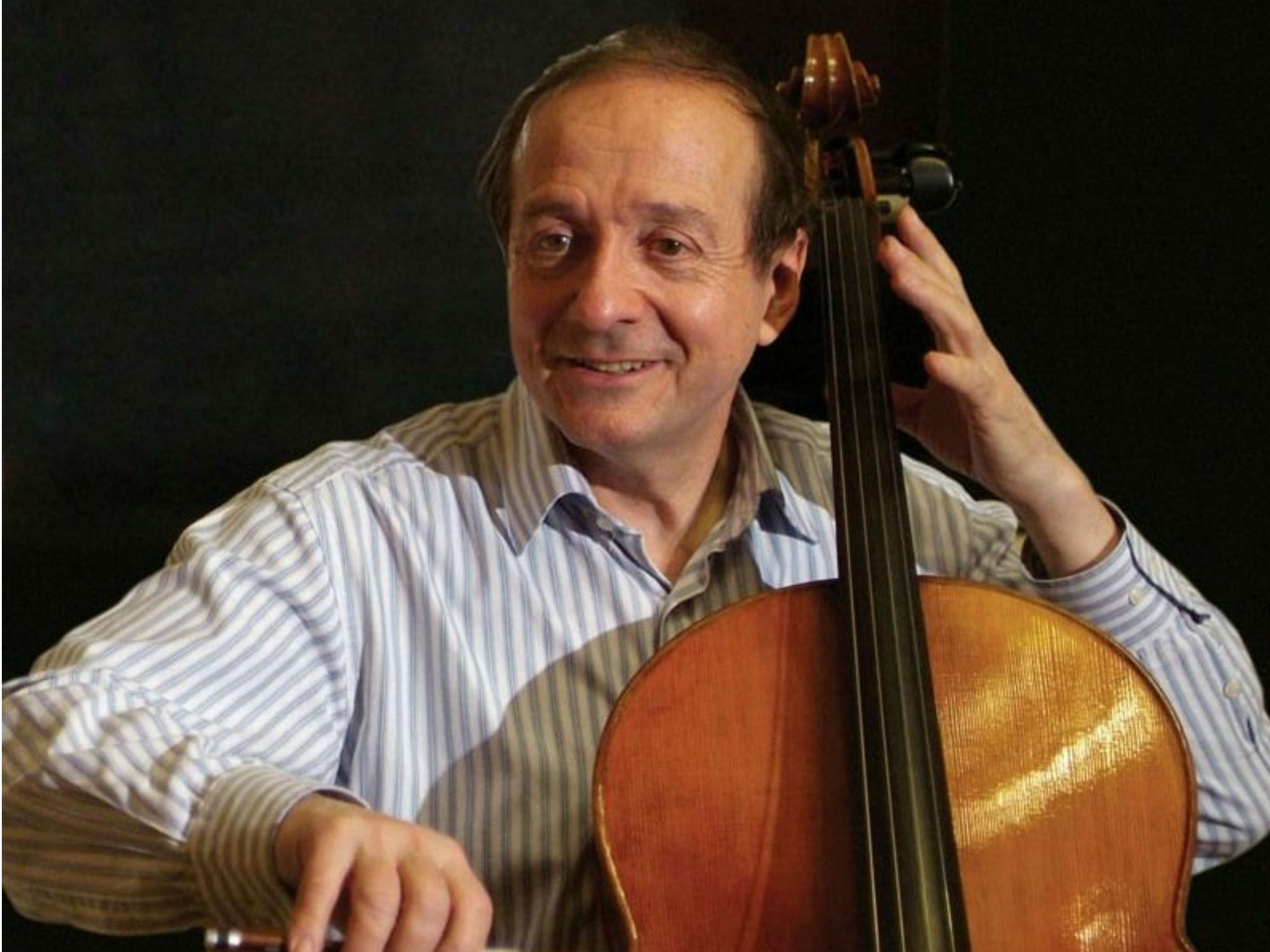Miklos Perenyi, Wigmore Hall, London, review: He demonstrated the huge variety of effects of which the cello is capable
The Hungarian cellist Miklos Perenyi performed a programme of solo works including Bach and Kurtag

Your support helps us to tell the story
From reproductive rights to climate change to Big Tech, The Independent is on the ground when the story is developing. Whether it's investigating the financials of Elon Musk's pro-Trump PAC or producing our latest documentary, 'The A Word', which shines a light on the American women fighting for reproductive rights, we know how important it is to parse out the facts from the messaging.
At such a critical moment in US history, we need reporters on the ground. Your donation allows us to keep sending journalists to speak to both sides of the story.
The Independent is trusted by Americans across the entire political spectrum. And unlike many other quality news outlets, we choose not to lock Americans out of our reporting and analysis with paywalls. We believe quality journalism should be available to everyone, paid for by those who can afford it.
Your support makes all the difference.“How little wood there is in a cello,” as a British cellist once sadly observed, surveying the matchwood remains of his instrument after a car crash. Yet what a wonderful box of tricks it is, when placed in the right hands. The Hungarian cellist Miklos Perenyi, who studied with Pablo Casals, and who has been a professor at the Franz Liszt Academy in Budapest since 1980, has very much the right hands, and in this programme of solo works he demonstrated the huge variety of effects of which the instrument is capable.
Bach was the fountainhead, and Perenyi rendered the first two movements of his sixth suite with an astonishingly flowing legato (though it has also to be said that his playing in the Gavotte was mannered and didactic). Max Reger’s Bach-pastiche “Suite No 1” and Ligeti’s coruscating little “Sonata for Solo Cello” were followed by Britten’s “Cello Suite No 2”, written to show off Rostropovich’s virtuosity rather than to express anything profound, and there Perenyi rose to every challenge.
But the heart of his performance was a sequence of Kurtag’s aphoristic and Webern-like miniatures. These began with seemingly stray notes plucked out of the air, caught on the wing, and they developed into a gravely expressive monologue arrayed in a kaleidoscope of colours. Finally this refined itself down to a succession of slowly descending scales, to which we listened with ever-closer attention. How could such simple figurations be so interesting? That was the mystery of the composition, and the magic of the playing.
Join our commenting forum
Join thought-provoking conversations, follow other Independent readers and see their replies
Comments